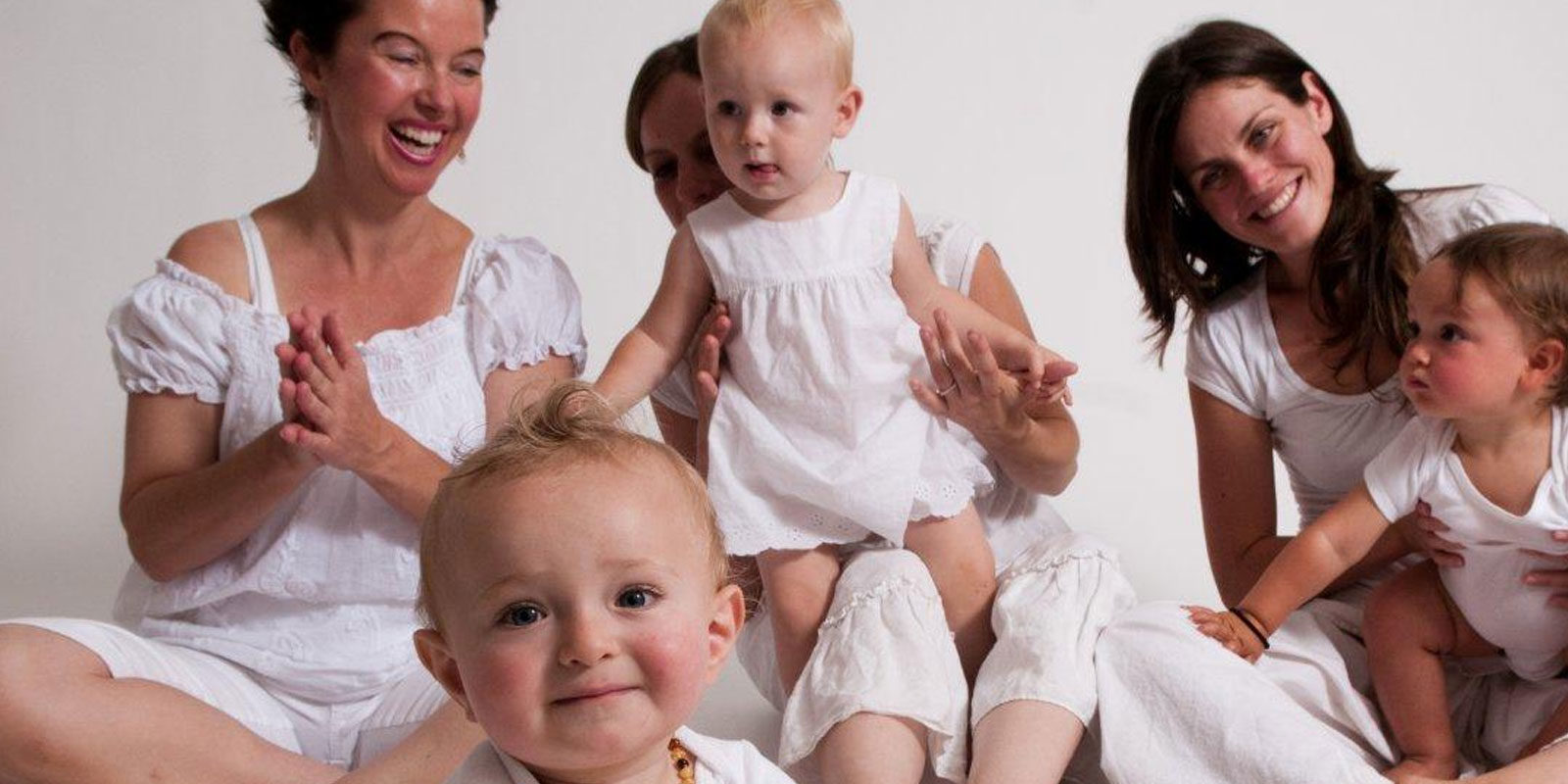by Titanya Monique Dahlin | photo credits Narrative Images.
As we all know, we are living in exciting and challenging times. The traditional modern family looks very different than it did thirty and forty years ago. In these times, there is no ‘norm’ for the “modern-day family”. One family may be multi-racial and another may have same sex parents, while still another may be solo or step parenting. Due to the growing number of women experiencing more infertility struggles, adoption and finding children from the foster care system is more common. Young people are waiting to start families to focus on their careers first. The number of stay-at-home dads is increasing, as more women become the primary family provider. With the high cost of living, it is common for both parents to be working while even carrying multiple jobs.
The Covid 19 pandemic of 2020 is still fresh in our minds and families are still struggling to balance out our lifestyles. It clearly has affected everyone causing disruptions in education, work, economy and as a result, family relationships have been impacted.
In today’s stressful society, many of our young adults who are just starting out in life are uncertain in their path ahead because of the anxieties of what they are facing in life every day. Life may seem daunting to them, and it can be a huge challenge to step into and find their own place to fit to today’s standards of living. Many are depressed and have turned to drugs, alcohol or even suicide to combat their personal adversity. Domestic violence is on the rise too because everyone is on just edge. It is also very common to see grandparents now raising their children’s children.

More than ever, we need to strengthen the stability of family and a sense of safety in the home. When children know their place in the family, they feel more confident within themselves to face any obstacles. They find an inner empowerment to make better choices when they have a more conscious awareness of who they are and how they belong. Ritual and Rhythm can help establish these powerful qualities within our children, ourselves as parents and in the loving structure of the family.
What is Ritual?
The word, Ritual has received a negative connotation throughout history as if it is something dark …but we do ritual daily throughout our lives. On holidays, we celebrate certain cultural and religious rituals that stay the same from singing, “happy birthday” and blowing out the candles on a birthday cake to the opening of stockings and presents on Christmas morning.
Ritual can strengthen a sense of empowerment in your children and create more stability in the family that can never be taken away. A child knows their placement in the family because they feel and acknowledge this love. Your family’s bonds are strengthened and held in honorable respect more when you practice Ritual and Rhythm.
What is Rhythm?
Rhythm is a repeated pattern of events that instills comfort and security. With children, it is a constant knowing in the daily schedule of what is coming up next. When children have rhythms in their life, they create a familiar boundary and a sense of constancy in their world. We all have our individual morning and nightly rhythms …waking up, brushing teeth, taking a shower to eating breakfast and then we are into our day’s schedule. At night, we eat dinner, may have a bath, get ready for bed and sleep.
Young children are continually learning about the world and looking to their elders for that nurturing, trusting space. Rhythm is very important ingredient for them to rely upon. It can be the game changer in getting a hyper child to bed on time or awakening a lethargic child in the morning from sleep.
Establishing the Family Rhythm
In ancient times, whole communities lived according to the seasons, and ate vegetables, fruits and grains when they were ready and ripe. They honored each moment of each day, waking at the break of dawn to work with the land and then slumbering off to bed when it was dark.
Today, we live in a world where we do not follow the natural rhythms in life. We want our produce when we want it, no matter if it’s in season or not or that it may have traveled many miles, and months to get to your grocery store. Most of us aren’t getting our food straight from the ground and so food may be sprayed with chemicals, creating a longer shelf life. In today’s world, there are so many toxins in our food and in our environment that many of us are experiencing ill health because of it. This is especially important to know with our developing children who are learning how to adjust their systems to meet their environment.
Living according to a rhythmical routine can serve as a ‘grounding structure’ for your whole family. We are surrounded by nature’s rhythms and when we live in accordance with them, we give an unspoken reverence to the changing times in our own lives. In following a more balanced family rhythm, your children can begin to understand that everything has a time to be born, thrive and even a time to die.
When a firm rhythm is created within the family schedule or in the classroom, there is a lot less stress for the child and the adults around them. Creating a rhythm to establish rituals in the day, or the week, or the season gives children boundaries with a comfortable sense of security and a steady consistence to their schedule. Creating rhythm for the family is especially important for the Extra-Sensory Children, Autistic, Asperger’s and Down’s Syndrome Children. They will feel calmer with a flowing rhythm and a constant steady schedule, knowing what’s coming next. In fact, many of the daily tantrums that happen, occur mostly when a child’s rhythm is interrupted by an unexpected surprise when a child wasn’t told or prepared for it. Announcing to your child, new changes in the daily plan can be especially beneficial to the small child who is learning about his or her environment and the family’s daily rhythms. Allow playtimes in the busy schedule if you can; Your day will go a lot smoother when your kids are given their freedom in your schedule. On the other hand, making plans for extra time in your schedule allows for the unexpected rhythms to also occur. Examples of this may be children not being able to find their shoes when getting ready for school, leaving their jacket or stuffed animal at a friend’s house, etc. This can alleviate some of the emotional hiccups that could be present throughout the day, when you allow a bit more space for the unexpected.
Life isn’t always reasonable, and there are times when kids need to be on your schedule. Take for instance the holidays when Christmas shopping, extreme baking, visiting friends and relatives are at its peak, and the normal rhythm is thrown out with the excitement of the season. When there is too much outside stimulation, children may rebel in confusing emotions or physical illness. When daily plans get scattered, kid’s rhythms get thrown off and this is when a ‘melt-down’ and ‘temper tantrum’ can occur.
The holidays can be a hectic time for families and sometimes children in their excitement, can also feel the constant busyness which can be reflected in their emotional outbursts and mood swings. Make sure you schedule “downtime” for yourself and your children during this busy time.
In sacred holiday times, it is especially important to take pause to remember and honor the gratitude of the holiday itself, whichever way your family individually celebrates their own traditions. A lovely tradition can be taking a moment at the dinner table to light a candle and ask each member of the family to speak about what the holiday means to them and what they are thankful for in their present life.
Morning Rhythms
The symbol of Morning represents new beginnings and the first breath one takes when awakened from sleep. Why not create a morning ritual where you greet your child with a natural awakening? Who likes to be awakened with a harsh alarm anyway? Open the curtains to allow the day’s light to come into the room. Awaken your child with a comforting hug, kiss or little massage can put you and your child in a better mood to start the day. This morning ritual can become a great bonding between you and your child. Adding a morning stretch, a song and an intention of what everyone would love to put into their day, may be a beautiful addition to bring in positive excitement with what is to come. Later, you can turn to the basic morning rituals of brushing teeth, bathing, putting on the day’s clothes, and eating breakfast together. Put on some music and make it a fun morning ritual.
“The Radiant Star!”

- Lie on the floor and make your body like a 5-pointed star, with your legs and arms open wide.
- Relax your whole body, and feel the word, “YES!” streaming throughout your whole body. See yourself having a great day, imagining everything you would like to do.
- You can even bring a beautiful color and give gratitude for something wonderful in your life.
- Adding a morning affirmation and intention with this morning stretch, seals it in!
Example: “I am going to make this a good day!”
Nighttime Rhythms
Recall your own memories of growing up, did your family have days of the week where you would gather to eat certain foods… Friday night may have been spaghetti night, Saturday, meatloaf and so on? Unfortunately, due to our fast-paced schedules, many of these eating rituals have disappeared, resorting to quick fast meals where we don’t meet each other to eat at the dinner table but stare transfixed at the television screen, rather than sharing together at the end of the day. Even in local restaurants, you can catch family members looking at their cell phones while eating, never to make eye contact.
This traditional ritual of coming together to experience gratefulness for the meal and each other creates a conscious awareness of honoring the food and each other’s presence regularly. Eating the foods that are in harvest for a particular season can bring in feelings of appreciation and respect for that time of the year. Giving gratitude for those that made the meal and giving a nod to where the food came from is a nice way to bring in an awareness and education to the younger kids. Notice how each family member feels when you connect with this loving ritual of dinnertime.
I invite you to make a new resolution in your family to honor the “family dinner” a few times each week, if you cannot make every day. Setting the table in connection to the season that you are in can delight children and they may want to help create the decorations for the table themselves. Creating an easy and fun atmosphere for conversation to happen through family mealtimes and gatherings can provide memories for years to come.
Bedtime Ritual
Setting an intention and priority to come as close to regular mealtimes, nap times and bedtimes with the whole family will not only help healthy habits but also create better sleeping patterns and a stronger immune system, as well.
When parents set a rhythm that prepares your kids that there will be a ‘wind-down time’ an hour before bedtime, it signals their brain to tell their body’s energies to begin to get ready to sleep. As the children get ready for bed, with their nighttime duties of brushing teeth, hopping into their pajamas and then into bed, you may want to add a few nighttime rituals to calm their energy to prepare for sleep.
Most children begin to anticipate the nighttime cuddling in bed, with their caretakers. The nightly storytelling bedtime ritual creates a sacred pause at the end of the day, that children will wait for when you create this rhythmical mood. A nice little ritual could be lighting a storytelling candle and allowing one child to blow it out, after the story is finished.
Ever since the dawning of time, Storytelling has been used as a healing tool. Today, the tradition of telling stories has been lost, while technology has taken over as many families even fall asleep with the buzz of the television set. As a professional storyteller myself, I encourage you to try creating your own fairytales at bedtime, that may have a bit of teaching wisdom within them, focusing on some of the trials that your family may be going through. Examples of this can be a bullying Giant or a Princess that doesn’t think she is good enough, a little stubborn prince or a lonesome squirrel. All of these symbolic images can begin to enliven in the young child and give them something to think about. A fun storytelling game is to invite your children to begin to add their imagination, with their own versions of different endings to the stories which enlivens their decision making.
A fun ritual that can be incorporated into your bedtime rhythms is called “High, Low, Buffalo”. Everyone shares their high point in the day; something that made them feel really good. And then there may have been a low point in the day where we talk about our feelings that came up. “Buffalo” is the place where we could look at the low situation and create a new story of what we could have done better. We all end with giving gratitude for things in our life before we go to bed.
Creating these bed-time rhythms can make some needed space and ‘down-time’ for parents to take their own pause to connect later on in the evening. As parents, we all need our own daily rhythms to take care of ourselves, so that we can step into our own best selves, too.
I invite you to think about your own cultural, religious and ancestor’s traditions and how you and your family can create more Ritual in your daily Rhythms. Eventually, you and your children will create and share your own personal rituals of rhythm together …from waking with a rising exercise, discussing something good that happened to them in the day, to wishing upon a star before bed.
May you continue to create stability and deeper bonding within your own family’s traditional Rhythms and Ritual.





